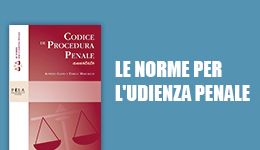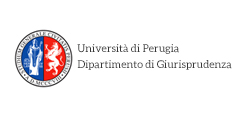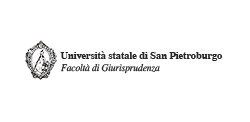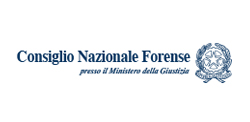La colpa medica dopo la legge “Gelli-Bianco”: contraddizioni irrisolte, nuove prospettive ed eterni ritorni
Archivio Penale
© dell'autore 2017
Ricevuto: 14 July 2017
| Accettato: 20 July 2017
| Pubblicato: 21 July 2017
L’intero articolo è disponibile
Riassunto
La legge Gelli-Bianco individua la sicurezza delle cure come parte costitutiva del diritto alla salute e la sua rilevanza può essere apprezzata più in un’ottica di prevenzione e di Risk Management che in riferimento ai ristretti confini del diritto penale. In particolare il fronte della colpa professionale del sanitario, così come rimodulato dal nuovo art. 590-sexies c.p., risente dell’infelice formulazione della norma, ancora una volta strutturata sul contraddittorio binomio che accomuna condotta imperita e condotta osservante ed appropriata.
Anche a voler circoscrivere la portata applicativa della nuova fattispecie al quomodo anziché all’an della responsabilità penale del sanitario, come sembra suggerire la Cassazione, non può sottacersi però la svolta epocale impressa dalla novella legislativa in riferimento alla selezione dei parametri valutativi che orientano l’attività del sanitario e che contribuiscono a ricostruire l’imputazione colposa. In particolare è lo Stato stesso a farsi carico del delicato compito di individuare, a monte, gli strumenti di codificazione del sapere da cui trarre norme di comportamento fondate su evidenze scientifiche o dati empirici condivisi, valutazione su cui è ora tenuta a confrontarsi la prassi giurisprudenziale, ferma restando la costante opera di adattamento alle peculiarità del caso concreto.
The Gelli-Bianco law identifies the safety of treatment as a fundamental part of the right to health and its relevance can be appreciated more in terms of prevention and Risk Management rather than within the confined boundaries of criminal law. In particular, the front of professional medical guilt, as re-modulated by the new art. 590-sexies of the Penal Code, is affected by the unhappy formulation of the regulation, structured once again on the contradictory binomial that combines an incompetent conduct and an observant and appropriate conduct.
Even if the application range of the new regulation is determined by how professional medical guilt is verified rather that if it exists, as the Supreme Court suggests, we cannot deny, however, the epochal turning point impressed by the new legislation in relation to the selection of the assessment parameters that guide the health worker’s activity and help re-establish involuntary accusation. In particular, it is the State itself to take on the delicate task of identifying, at the root, the tools to codify the knowledge from which to draw up rules of conduct based on scientific evidence or shared empirical data, an evaluation which law practice has to now measure, while maintaining constant the work of adaptation to the peculiarities of the concrete cases.
Percorso di valutazione
Peer reviewed. Certificazione della qualità











